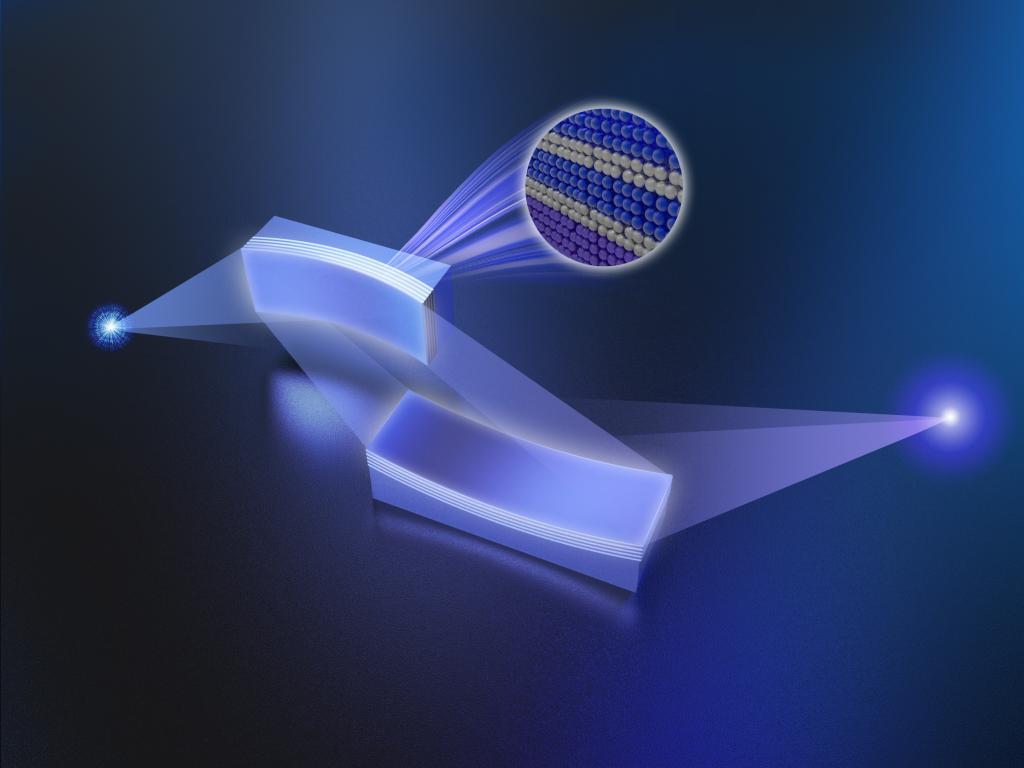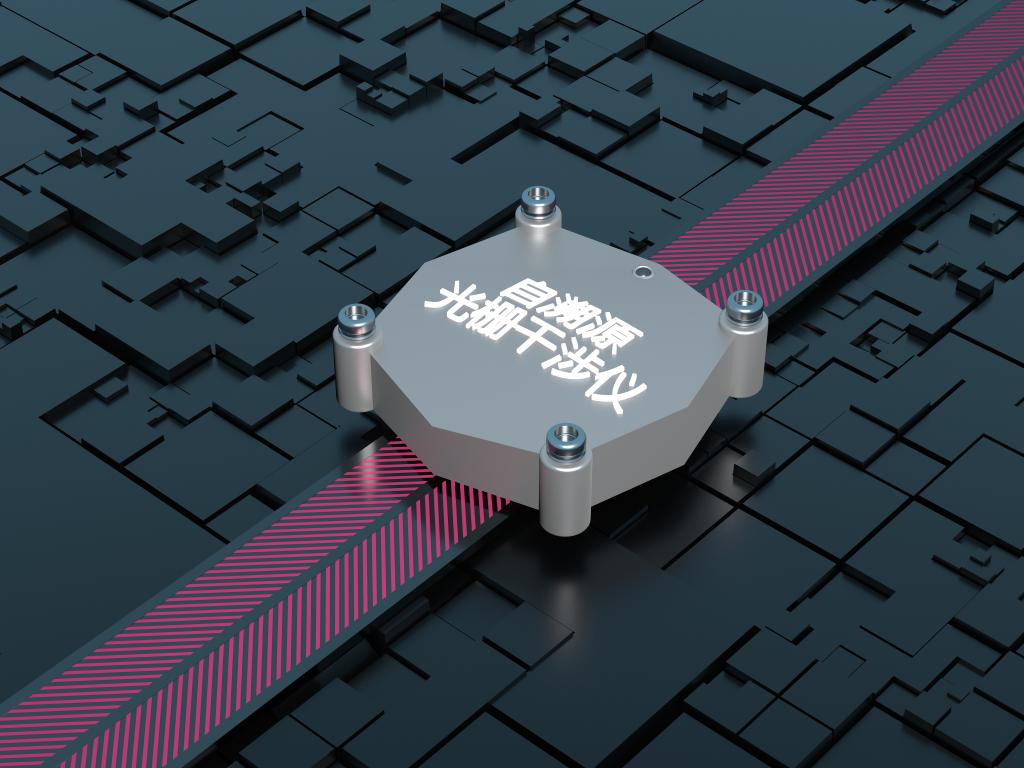
Scientific discoveries and innovations rely on the constantly emerging techniques of observation and instrumentation. The advantages of extreme ultraviolet, X-ray, and neuron include shorter wavelengths and higher photon or particle energy, attributing them with a higher resolution, “core” level detection of electron state, and larger penetration depth when applied as a technique of observation. Therefore, they have been widely used in microscopy and telescope applications, as well as for the fabrication of ultra-high precisions under extreme conditions.

High-power laser systems and equipment have a significant impact on the solution of major scientific problems, the progress of the national defense equipment, and the development of the high-tech industries, whose core components as well as the weakness are the laser coatings. The research group built a development platform that includes the optimization design of laser coatings, all-flow-control preparation, performance characterization, and system application. They studied the interaction mechanism between the laser and materials and explored the loss mechanism and control techniques of laser coatings. An effective regulation of the coating structure, optical properties, and environmental adaptability has been achieved, which contributes to the development of the high-power laser system.

Being a precision measurement technology on the nanometric scale, nanometrology is a fundamental technology adopted by advanced nano-fabrication. The development of nanometrological standard substances is vital, not only to guarantee the dissemination of traceability, an elementary topic in nanometrology, but also to ensure the unity and accuracy of nano-geometric measurements. Thus far, nanotechnology is evolving towards the direction of reducing characteristic dimensions, which has forced the advanced manufacturing industry to urgently find nano-length standard substances with high accuracy and stability, including the linewidth, step height, linear scale, pitch (one-dimensional grating, 1D), and grid (two-dimensional grating, 2D).

By virtue of “artificial microstructures”, multi-dimensional optical field modulation can be achieved in micro-nano optics, including the amplitude, phase, polarization, and wavefront, which significantly surpasses the modulation with natural materials. Therefore, research at the micro-nano level is considered a vital branch of optics. Micro-nano optical devices not only promote the thinning and integration of optical systems, but also significantly empower the advancement of intelligent sensing technology, which is one of the key strategical areas of national interest.
Virtual 3D brings new experiences such as sight, sound and touch, and virtual walkthrough is a new experience mode derived from it